Home>Garden Essentials>When Grass Goes To Seed
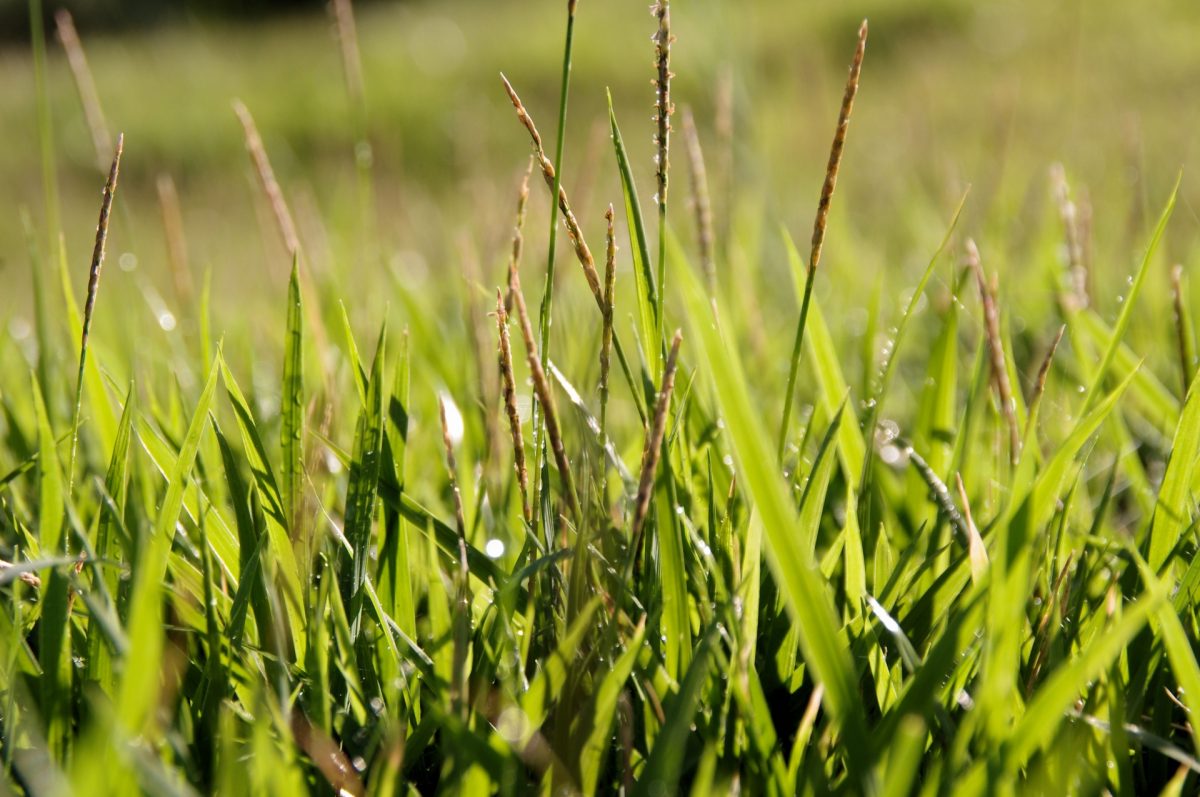

Garden Essentials
When Grass Goes To Seed
Modified: March 15, 2024
Discover the beauty of a garden when grass goes to seed. Explore tips and tricks for managing your garden and enjoy the blooming results.
(Many of the links in this article redirect to a specific reviewed product. Your purchase of these products through affiliate links helps to generate commission for Storables.com, at no extra cost. Learn more)
Introduction
When it comes to maintaining a lush and vibrant garden, understanding the various processes that occur is key. One such process that gardeners often come across is when grass goes to seed. This natural phenomenon is an essential part of the grass’s life cycle, but it can sometimes leave gardeners wondering what it means for their lawn’s health and appearance.
In this article, we will explore the process of grass going to seed, the reasons why it occurs, and the pros and cons that come along with it. Additionally, we will discuss some practical ways to manage grass that has gone to seed, so you can maintain a beautiful and well-kept garden.
So grab your favorite beverage, find a comfortable spot, and let’s dive into the fascinating world of grass and its journey to seed!
Key Takeaways:
- Grass going to seed is a natural process that helps grass plants reproduce and store nutrients, but it can impact your lawn’s appearance and attract unwanted weeds.
- To manage grass that has gone to seed, regular mowing, hand removal, and proper watering are practical strategies that can help maintain a well-kept and visually appealing lawn.
Read more: When Cilantro Goes To Seed
Understanding the Process of Grass Going to Seed
Grass going to seed is a natural and necessary process in the life cycle of grass plants. To understand it better, let’s take a closer look at how it happens.
Grass plants reproduce through the production of seeds. These seeds are the result of the grass plants’ flowering process, which typically occurs when certain environmental conditions are met. When the conditions are right, such as ample sunlight and water, the grass plants shift their focus from growth and spreading through stolons or rhizomes to the production of flowers.
Grass flowers are often small and inconspicuous, and they usually appear in the form of delicate spikes or clusters. These flowers contain both male and female reproductive structures, allowing for self-pollination or cross-pollination by wind or insects. Once the pollination process is complete, the flowers begin to develop seeds.
As the seeds mature, they are enclosed within protective structures called seed heads, which are commonly referred to as “grass seed heads” or “seed spikes.” These seed heads vary in appearance depending on the grass species, ranging from feathery plumes to compact clusters. Over time, the seeds inside the seed heads become fully mature and ready for dispersal.
When the grass seeds are mature, they are released from the seed heads and can be dispersed in several ways. Some grasses rely on wind to carry their seeds over short distances to nearby areas, while others have adaptations for hitching a ride on animals’ fur or feathers for longer-distance dispersal. It’s a fascinating process that ensures the survival and spread of grass plants in their natural habitats.
It’s important to note that not all grass plants will go to seed at the same time. Different grass species have different flowering and seed production periods, which are influenced by factors such as the length of the growing season and environmental conditions. Some grasses may produce seeds multiple times throughout the year, while others may have a single seed production cycle annually.
Now that we have a better understanding of how grass goes to seed, let’s explore the reasons behind this process in the next section.
Reasons Why Grass Goes to Seed
Grass plants go to seed for several reasons, all of which are integral to their survival and successful reproduction. Here are some of the main reasons why grass goes to seed:
- Reproductive Cycle: Going to seed is a natural part of the grass’s reproductive cycle. Producing seeds ensures the continuation of the species by allowing for new grass plants to grow and replace the existing ones.
- Environmental Signals: Grass plants are sensitive to environmental cues, such as changes in temperature, day length, and moisture levels. When these conditions are optimal, it signals to the grass that it’s time to shift its energy towards reproduction and seed production.
- Nutrient Storage: Seeds serve as a way for grass plants to store essential nutrients. By diverting energy towards seed production, grass plants can accumulate and store reserves that can be utilized during periods of stress or dormancy.
- Genetic Variation: Seed production allows for genetic variation within a grass population. When grass plants cross-pollinate, the resulting seeds contain a mix of genetic material from different parents. This genetic diversity is beneficial for the long-term survival and adaptability of the species.
- Population Spread: Seed dispersal enables grass plants to colonize new areas and expand their population. By producing seeds that are easily dispersed, grass plants can reach new habitats, taking advantage of favorable conditions and ensuring their survival in a changing environment.
It’s important to remember that going to seed is a natural process for grass, and it shouldn’t necessarily be a cause for concern in most cases. However, there are pros and cons associated with grass going to seed, which we’ll discuss in the next section.
Pros and Cons of Grass Going to Seed
When grass goes to seed, it can have both positive and negative impacts on your garden and lawn. Let’s explore the pros and cons:
Pros:
- Natural Replenishment: Grass going to seed ensures natural replenishment and regrowth of your lawn. The seeds produced by the grass plants have the potential to germinate and establish new grass plants, filling in bare patches or areas that may have been damaged.
- Genetic Diversity: Seed production contributes to genetic diversity within your lawn. By allowing grass plants to cross-pollinate and produce seeds, you introduce genetic variation, which can enhance the resilience and adaptability of your grass to different environmental conditions.
- Wildlife Habitat: Grass seed heads can serve as a valuable food source for birds and small mammals. Allowing the grass to go to seed provides a natural habitat and feeding area for these creatures, contributing to the biodiversity of your garden.
- Low Maintenance: When grass goes to seed, it can reduce the need for heavy maintenance tasks such as mowing and fertilizing. Allowing the grass to grow and produce seeds can provide a more natural and self-regulating approach to lawn care.
Read more: When Grass Goes To Seed, Will It Grow
Cons:
- Appearance: Grass seed heads can be visually unappealing, especially if they are abundant and create a messy or unkempt appearance. Some gardeners prefer a well-manicured and uniform lawn, which can be compromised when grass goes to seed.
- Spread of Undesirable Grasses: If you have a variety of grass species in your lawn, allowing grass to go to seed may result in the spread of undesirable grasses. This can lead to an uneven and inconsistent look, potentially requiring more extensive measures to control or remove these unwanted grasses.
- Weed Encroachment: Grass going to seed can create opportunities for weed encroachment. Weeds often take advantage of bare or thin areas in the lawn, and the presence of grass seed heads may provide a conducive environment for weed seeds to germinate and establish.
It’s important to weigh these pros and cons based on your personal preferences and the specific needs of your garden. If you decide to manage grass that has gone to seed, we’ll discuss some practical tips in the next section.
When grass goes to seed, it’s a good time to mow it to prevent the seeds from spreading and causing more weeds in your lawn. This will also help the grass stay healthy and green.
Managing Grass That Has Gone to Seed
If you prefer to maintain a more controlled and tidy appearance for your lawn, there are several strategies you can employ to manage grass that has gone to seed. Here are some practical tips:
- Regular Mowing: One of the most effective ways to manage grass seed heads is through regular mowing. By keeping your grass at an appropriate height, you can remove the seed heads before they have a chance to disperse their seeds. Set your mower to a height that allows you to remove the seed heads without putting stress on the grass plants.
- Bag Clippings: When mowing your lawn, consider using a bag attachment on your mower to collect the clippings. This helps prevent the spread of mature grass seeds to other areas of your lawn. Discard the bagged clippings in an appropriate manner to prevent the seeds from sprouting elsewhere.
- Hand Removal: For small areas or isolated patches of grass with excessive seed heads, you can opt for hand removal. Simply take a pair of garden shears or scissors and carefully cut off the seed heads. Be careful not to disturb the surrounding grass plants.
- Avoid Overwatering: Overwatering your lawn can promote rapid grass growth and encourage the production of more seed heads. Ensure you water your lawn properly by following the recommended watering guidelines for your grass type and local climate.
- Implement Thinning Techniques: If your lawn has become excessively thick or overcrowded, consider implementing thinning techniques to reduce the number of grass plants. This can help decrease the overall seed head production and create a more balanced and manageable lawn.
- Implement Weed Control Measures: If you notice weed encroachment in areas with grass seed heads, it may be necessary to implement weed control measures. This can include hand-pulling weeds, applying targeted herbicides, or improving overall lawn maintenance practices to prevent weed establishment.
By implementing these management strategies, you can help control and minimize the impact of grass that has gone to seed, ensuring a well-maintained and visually appealing lawn.
Conclusion
Understanding the process of grass going to seed is essential for any gardener or lawn enthusiast. It is a natural and necessary part of the grass’s life cycle, ensuring reproduction, genetic diversity, and the continuation of the species.
While grass going to seed can have both pros and cons, it ultimately depends on personal preferences and the specific needs of your garden. Some may embrace the natural beauty and wildlife benefits that come with seed production, while others may prefer a more controlled and uniform appearance for their lawn.
If you choose to manage grass that has gone to seed, there are practical strategies you can employ such as regular mowing, hand removal, and proper watering. These techniques can help maintain a well-kept lawn while reducing the spread of unwanted grasses and weeds.
Regardless of your approach, it’s important to remember that a healthy and thriving lawn is the result of proper care and maintenance. Regular mowing, adequate watering, and proper fertilization can contribute to the overall health and resilience of your grass, whether it goes to seed or not.
So, the next time you notice grass going to seed in your garden, embrace the beauty of nature’s cycle while applying the necessary management techniques to keep your lawn looking its best. After all, a well-maintained lawn is the pride of any gardener!
Frequently Asked Questions about When Grass Goes To Seed
Was this page helpful?
At Storables.com, we guarantee accurate and reliable information. Our content, validated by Expert Board Contributors, is crafted following stringent Editorial Policies. We're committed to providing you with well-researched, expert-backed insights for all your informational needs.

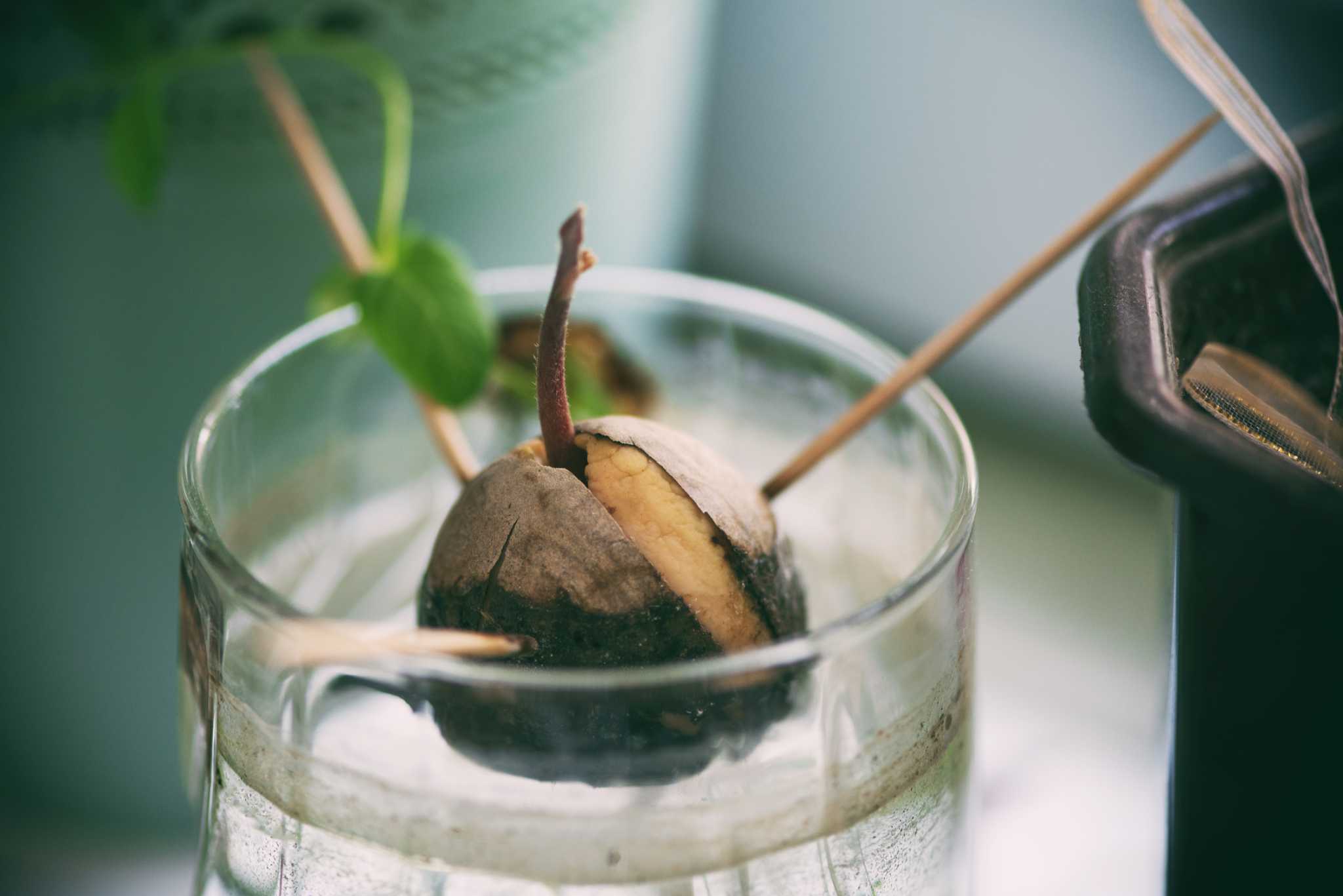


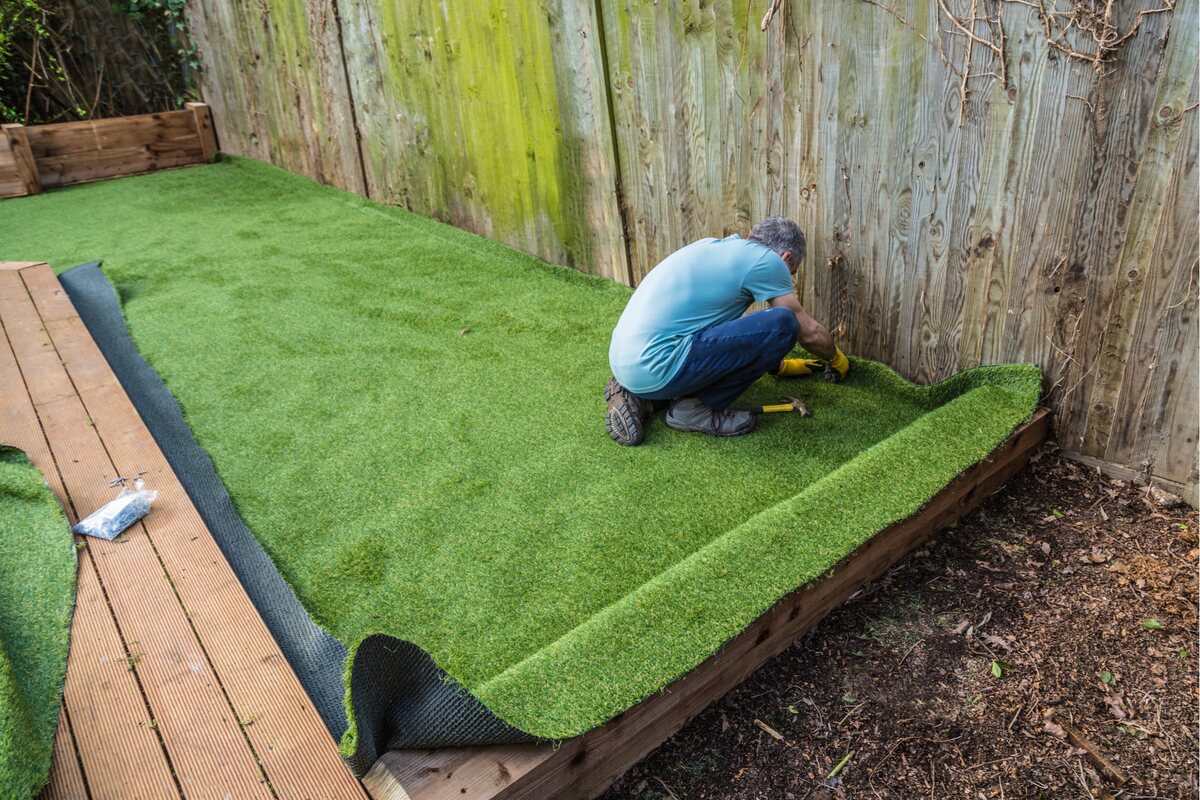
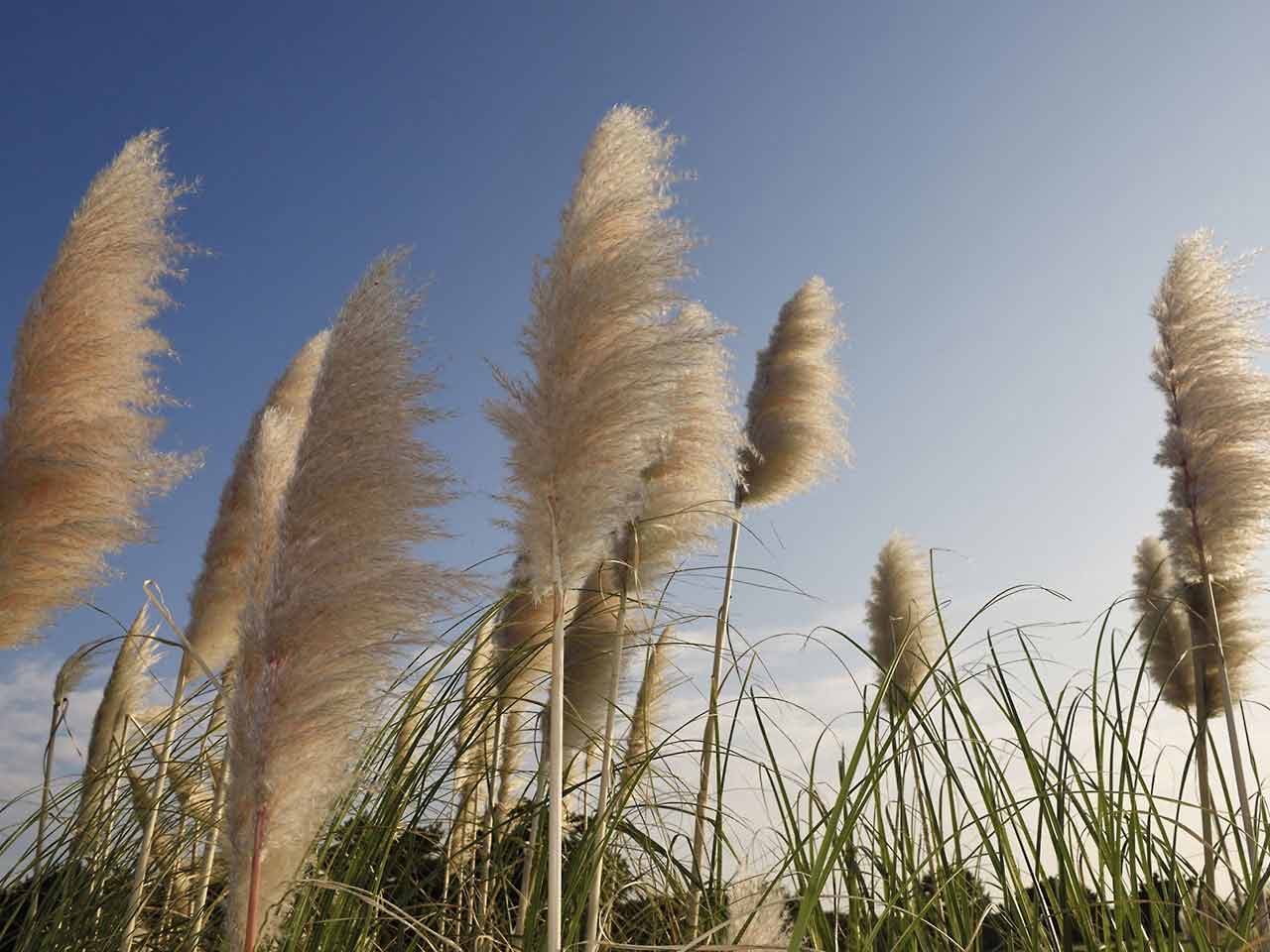

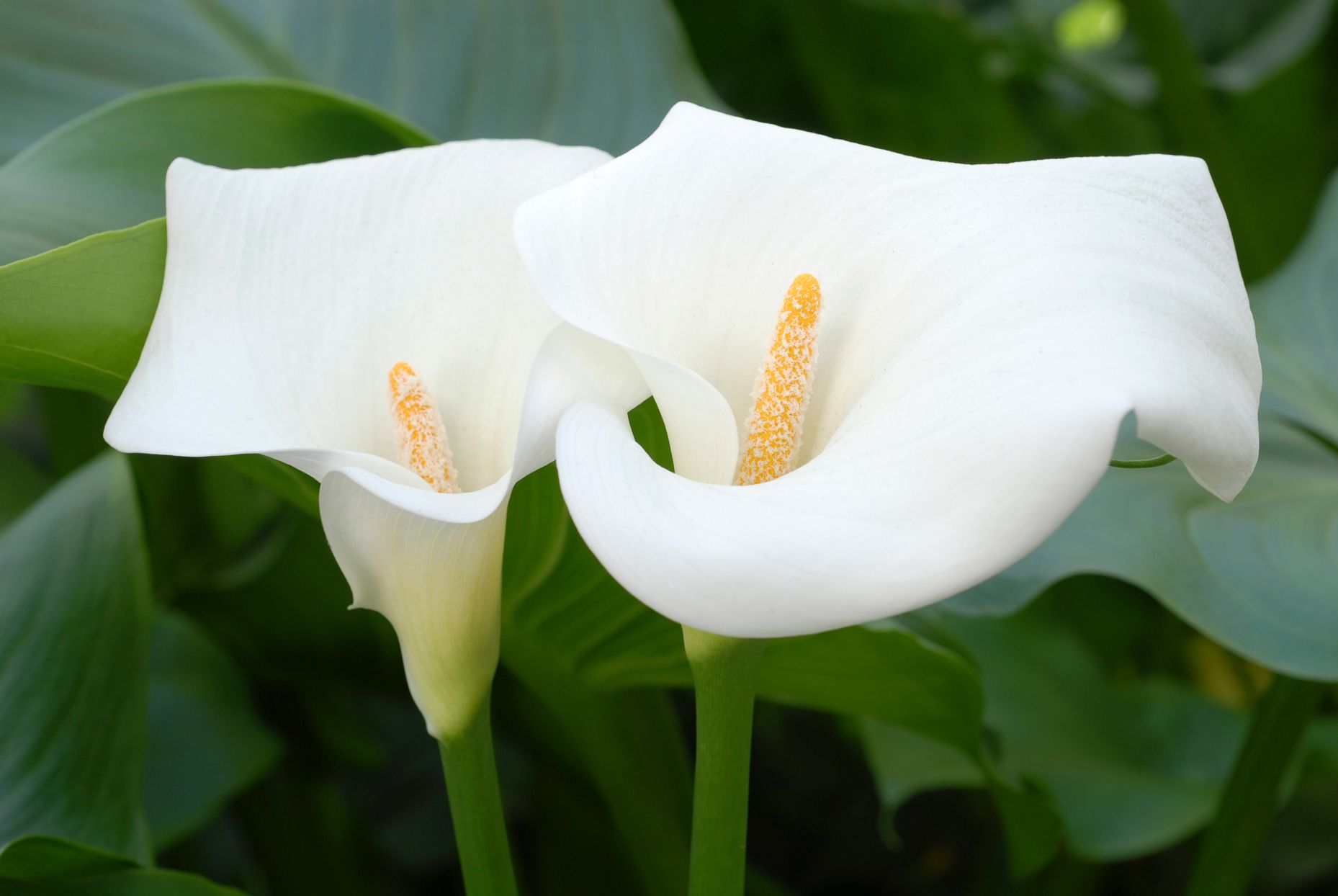
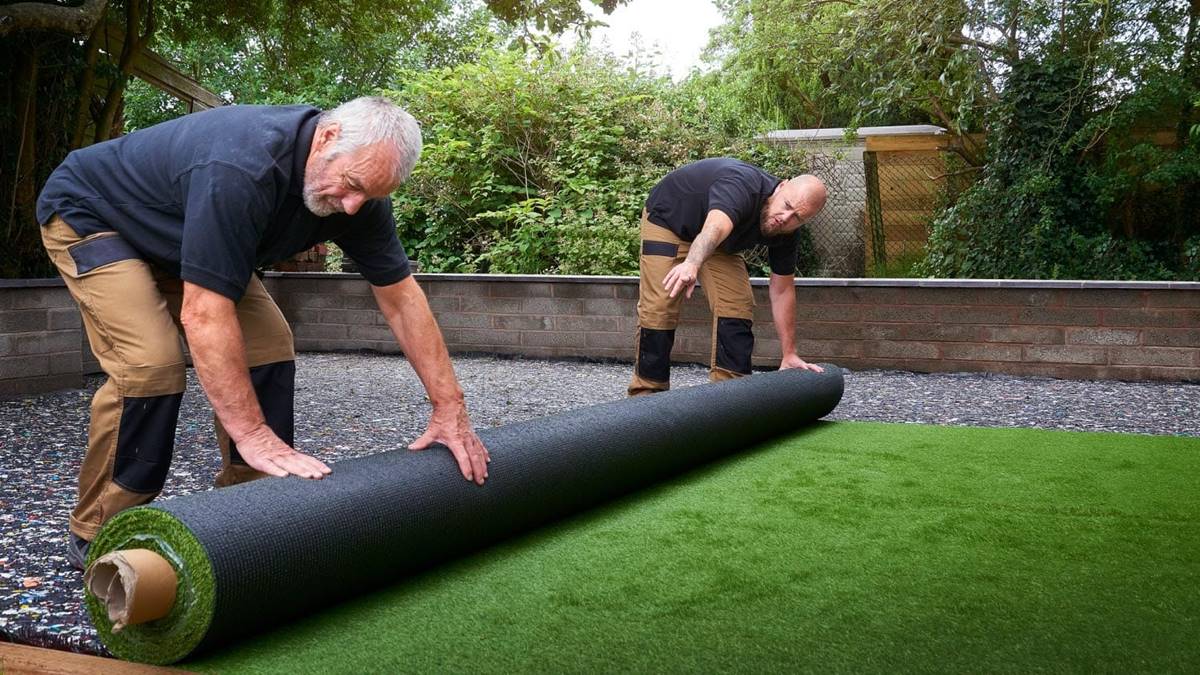

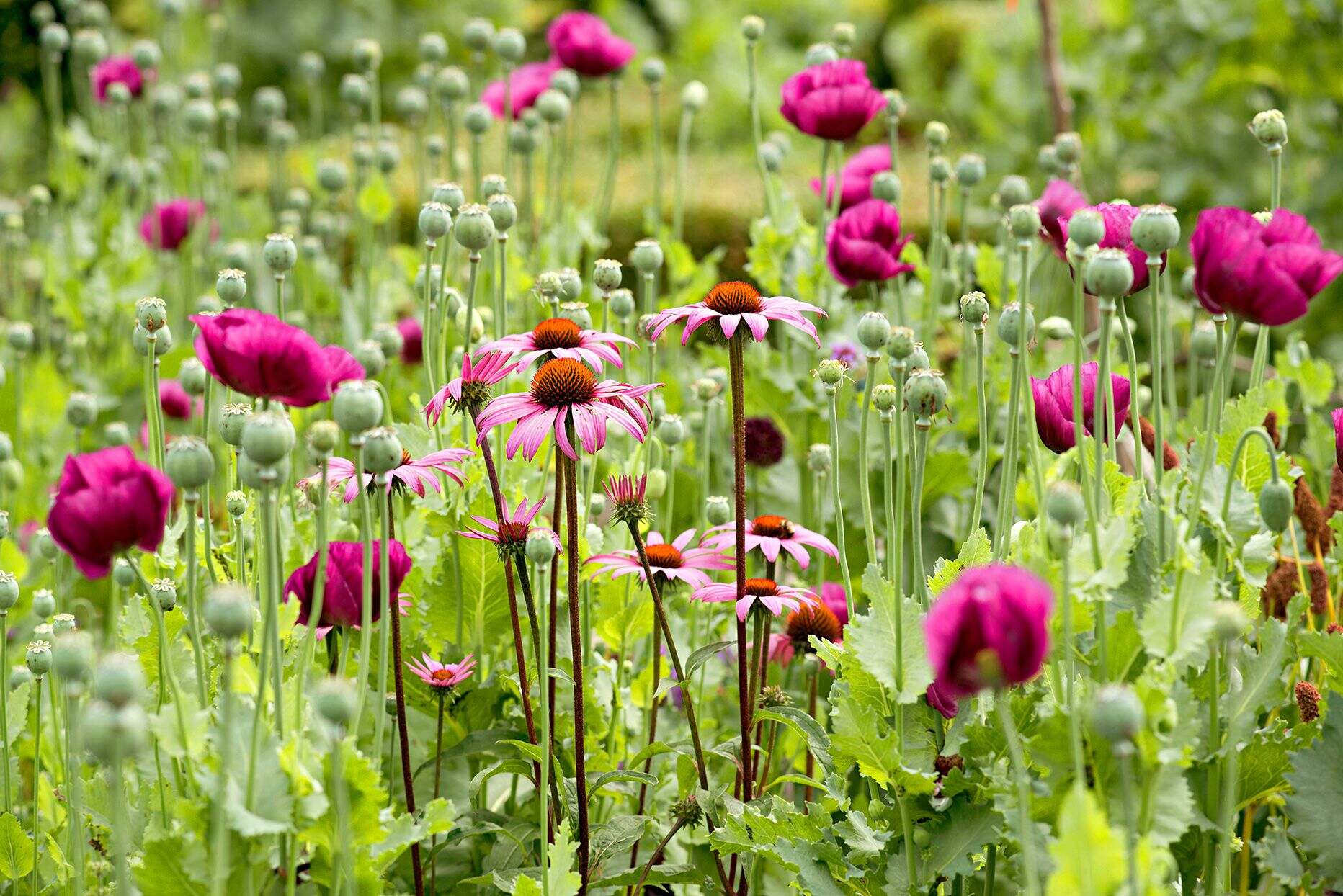
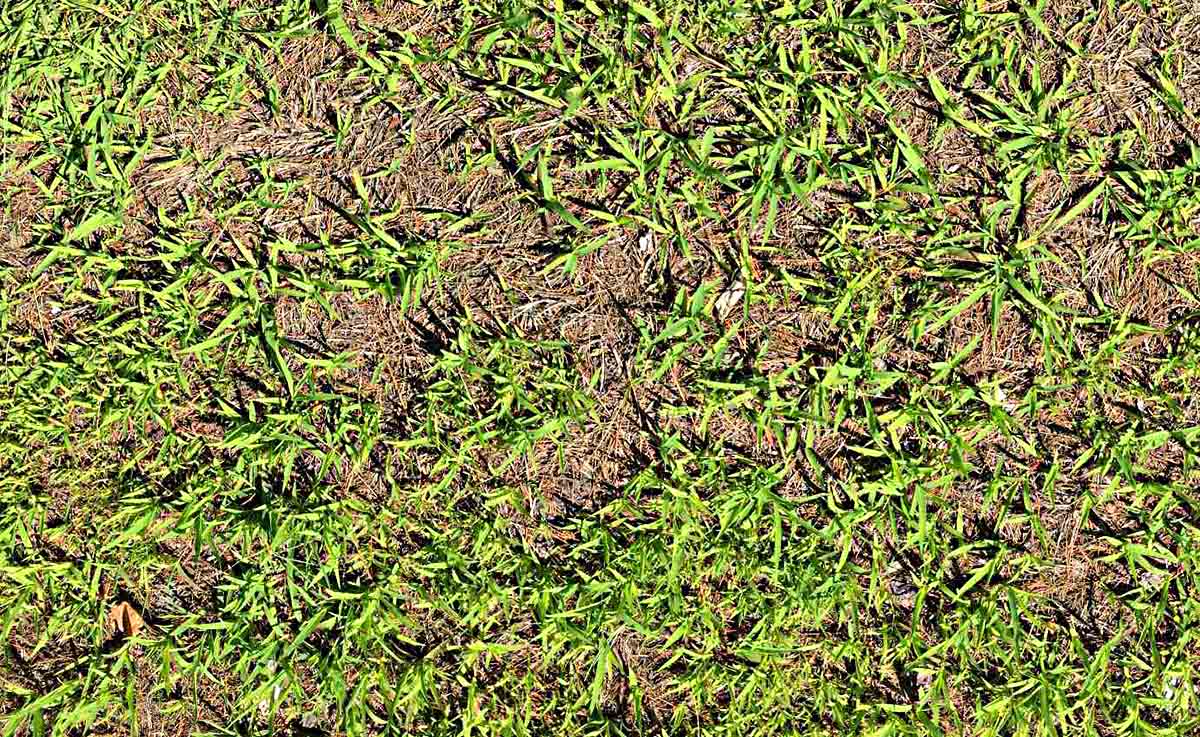
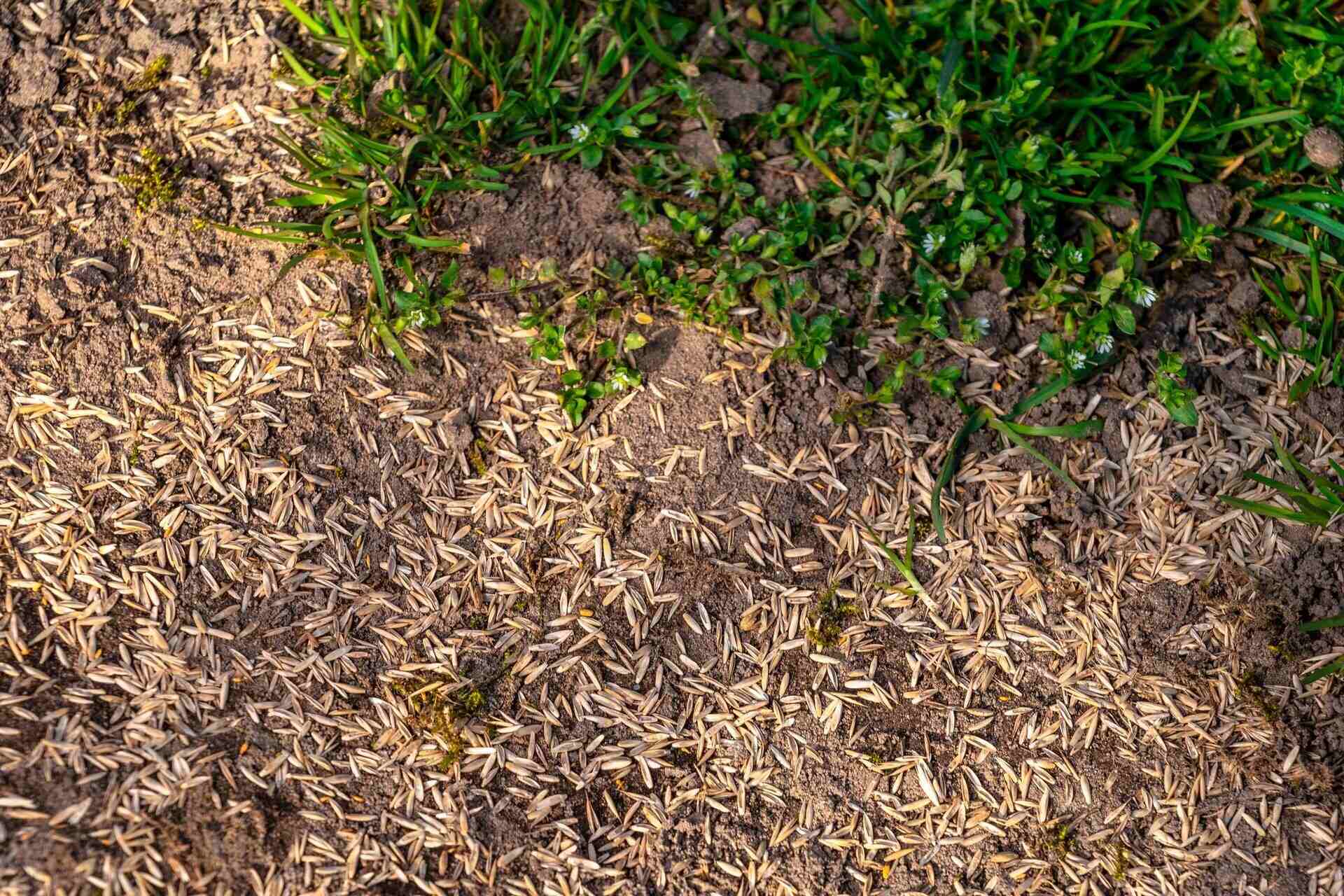
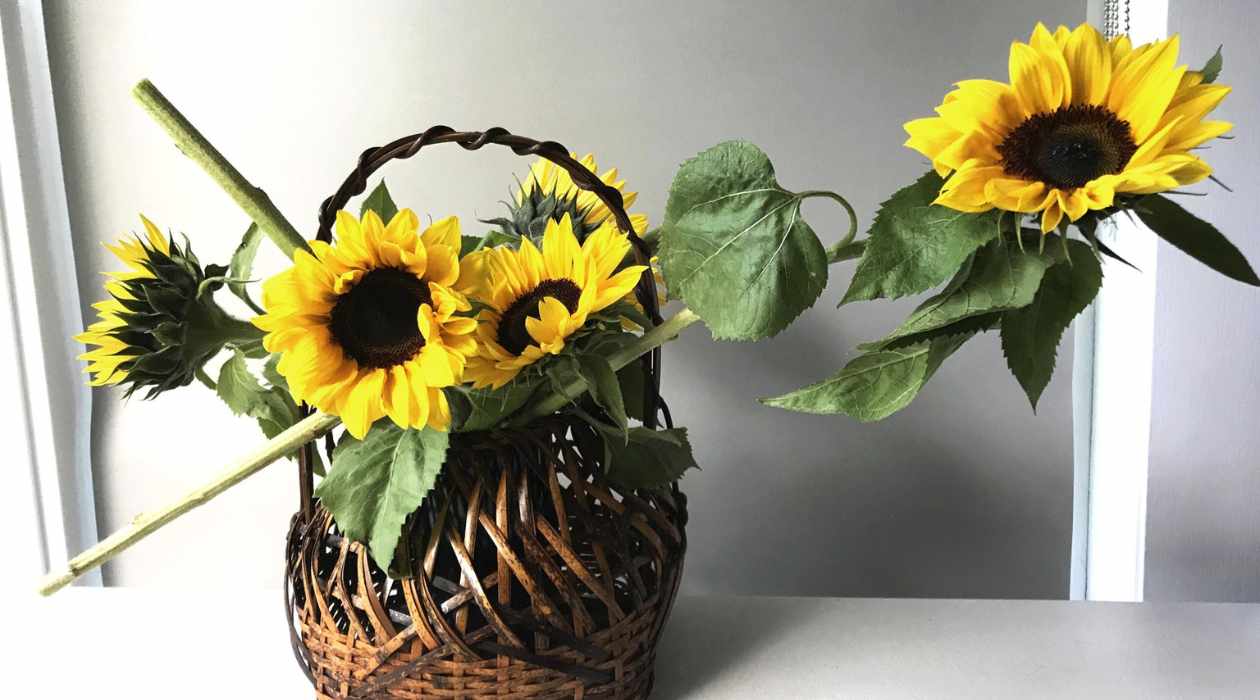

0 thoughts on “When Grass Goes To Seed”